Painting papery effects in watercolor
One of the things I love about watercolor (and which surprises lots of people) is the range of textures and effects that can be achieved. Creating the different textures you observe on your paper is part of what helps with how to make realistic paintings. And in this mini class, we’re going to look at painting papery effects.
Now, you’d be forgiven for thinking that papery effects are the easiest to achieve since we’re painting on paper in the first place.
But actually, it takes a particular approach to capture the light, crisp quality in all its realistic beauty.
I show you how to do that in this mini class, where I’ll be painting the papery outer case of a physalis fruit. You’ll see that I work in lots of subtle layers and use a combination of ‘negative painting’ around the lighter areas, and adding in the darker lines and details I observe.
I hope watching the video has got you itching to paint papery effects too! If you’d like to paint a physalis similar to the one I painted, you might find it helpful to check out this mini class where I show you how to paint a golden, spherical persimmon fruit.
The techniques I’ve shown you in this mini class can also be applied to painting papery effects in dried leaf subjects. Fallen leaves make wonderful painting subjects and can be beautiful reminders of nature’s cycles.
If you’ve felt inspired to have a go at painting papery effects in your artwork, I’d love to hear from you in the comments. And I’d also really love you to leave a comment if you’ve enjoyed watching. Hearing from you always gives me a big boost, which helps me to keep creating new classes I think you’ll enjoy!

Browse more blog posts
Share this post!
7 Comments
Leave a Comment
Share this post!
Subscribe to blog updates
Blog Updates
The information you provide here will be used only to deliver the email course, along with other relevant updates from me. You can unsubscribe anytime. Click here for our privacy policy.

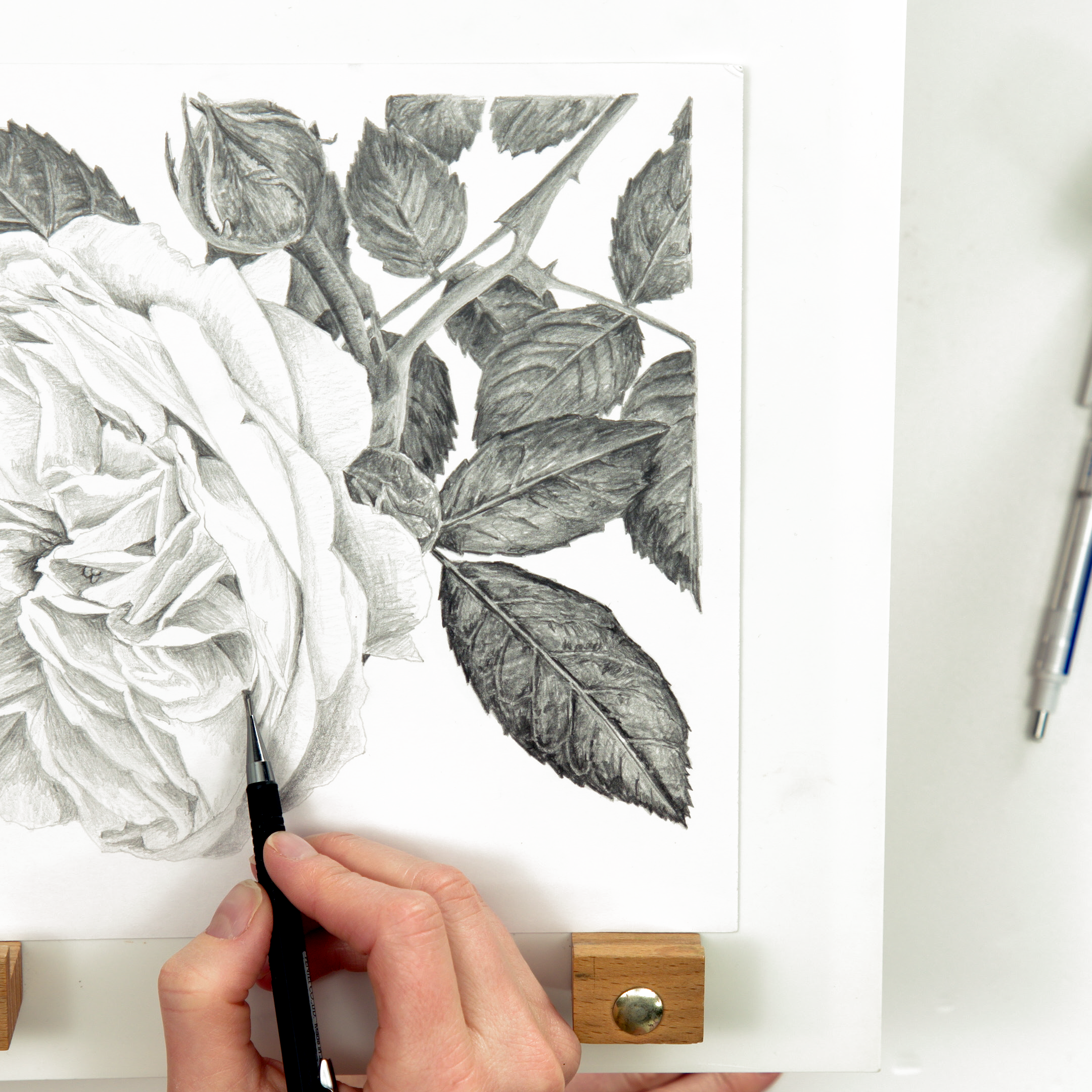
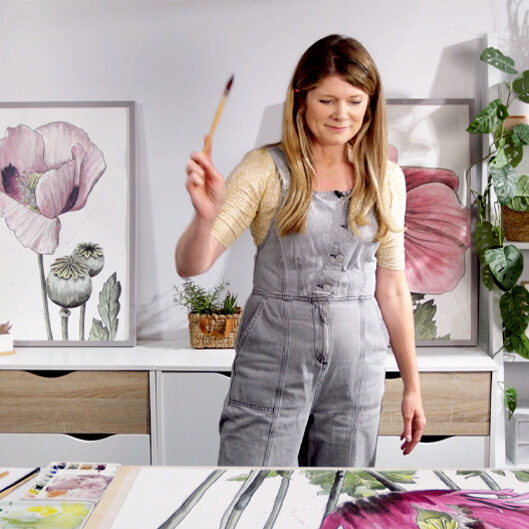
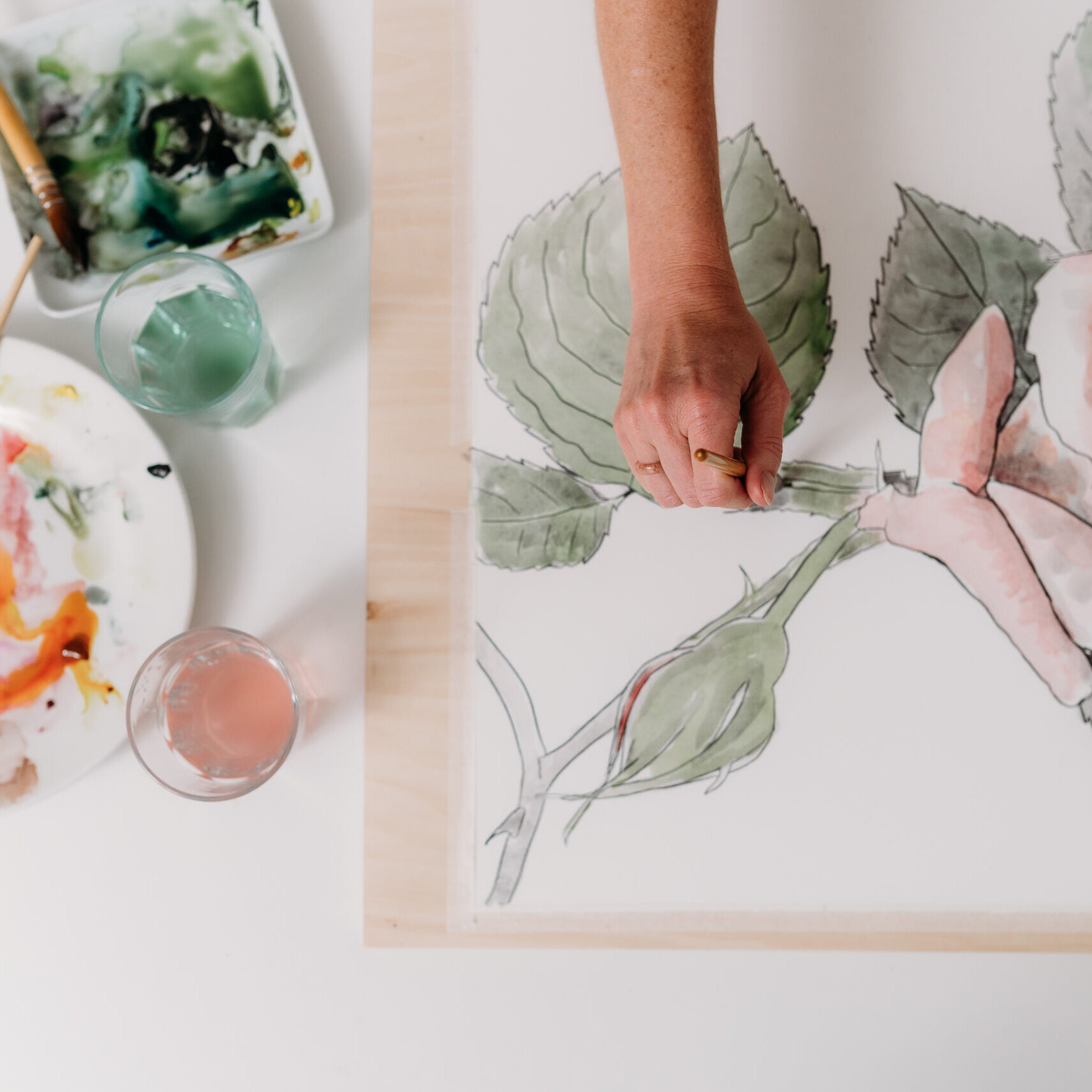
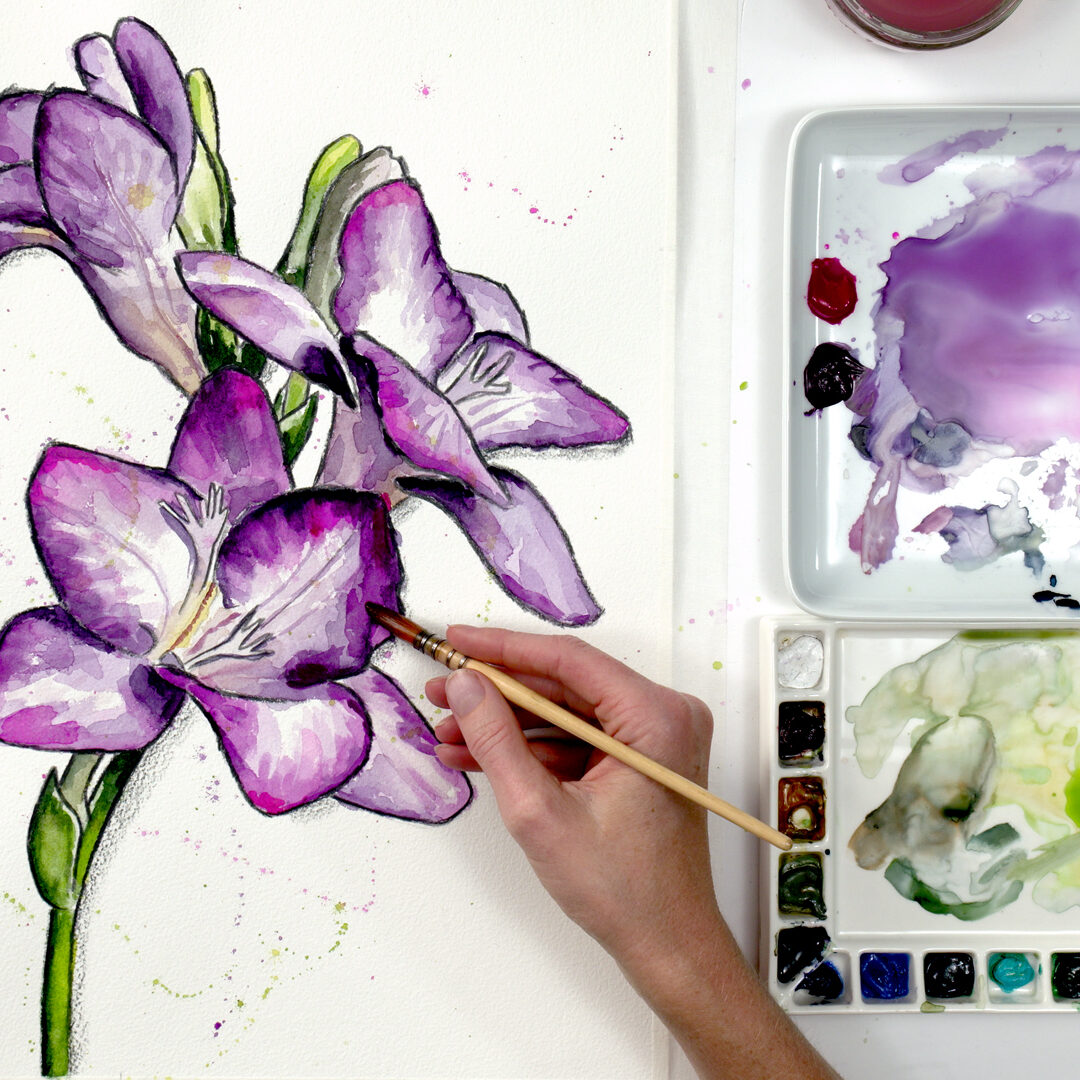
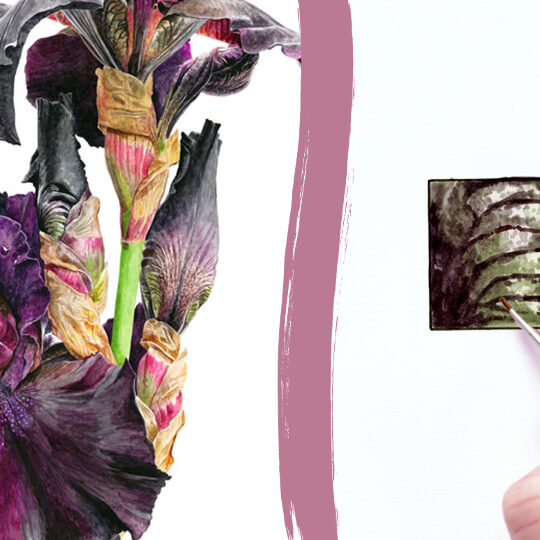
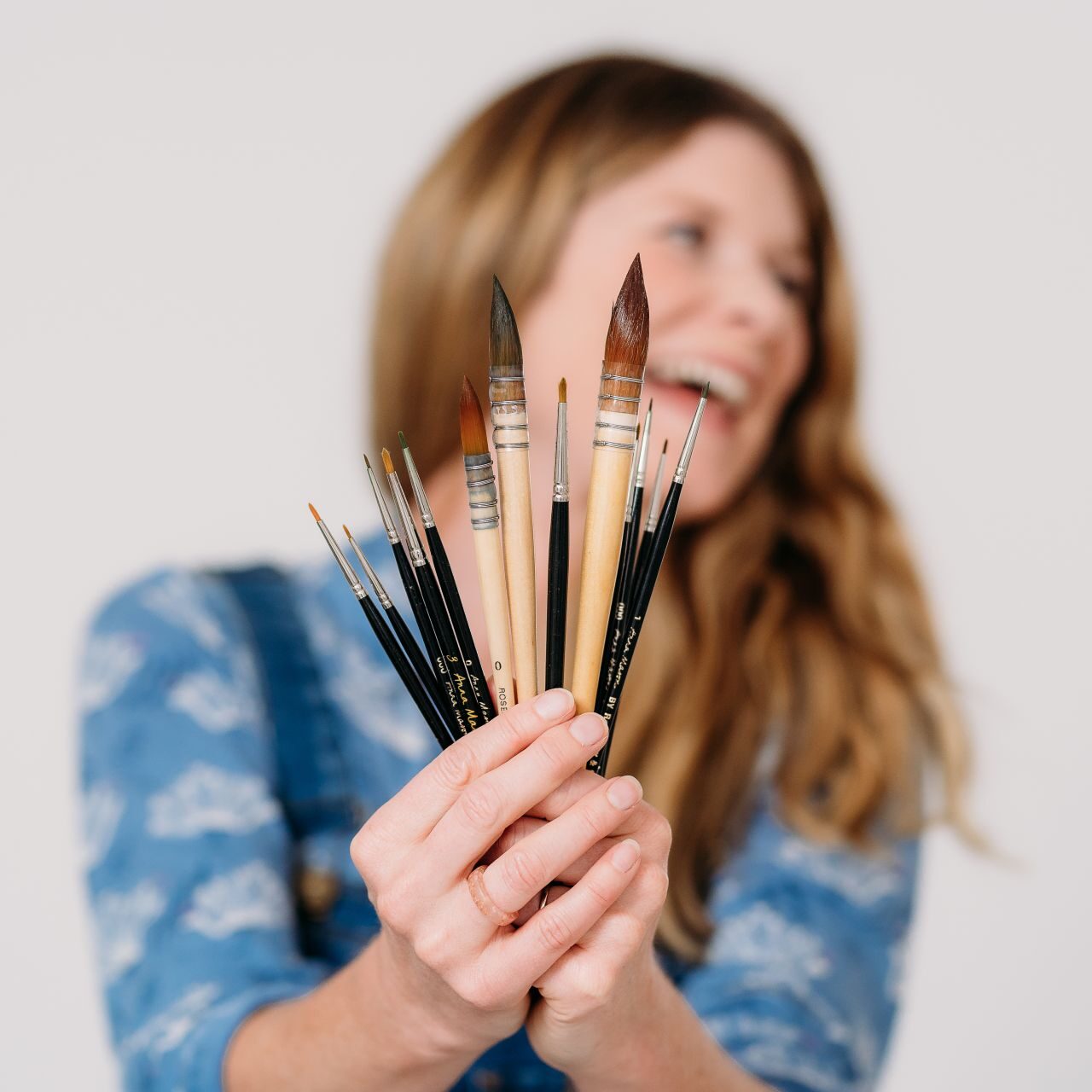
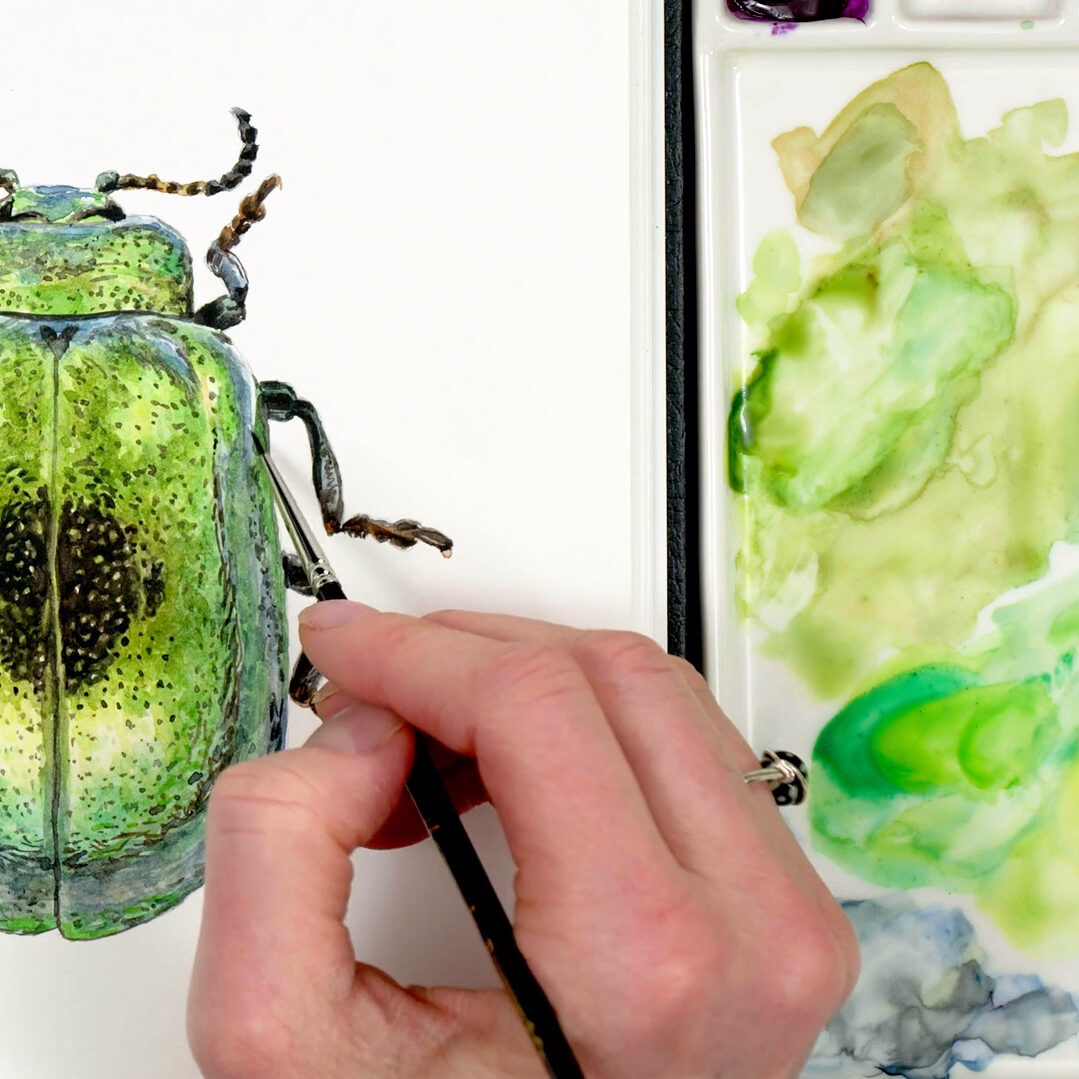

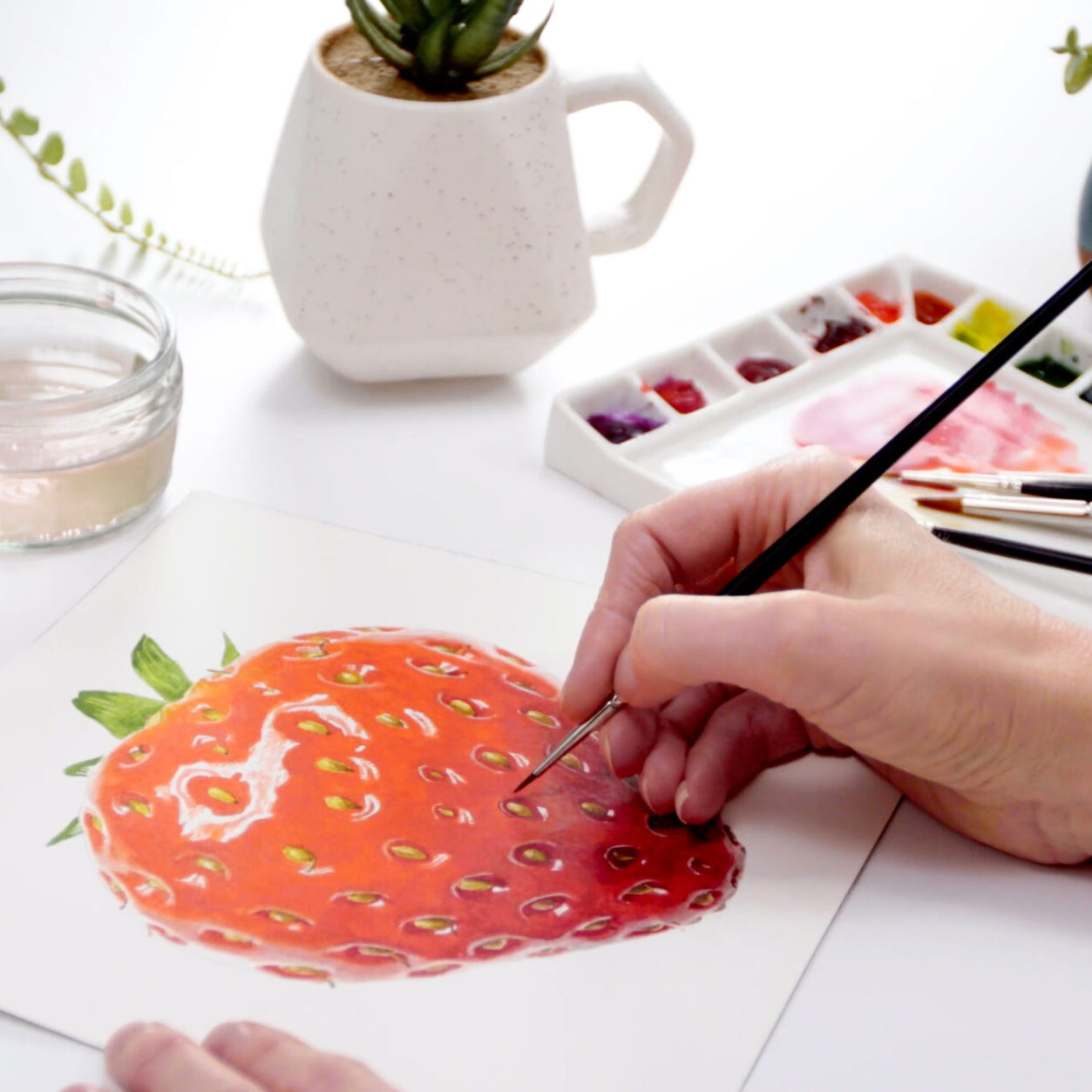
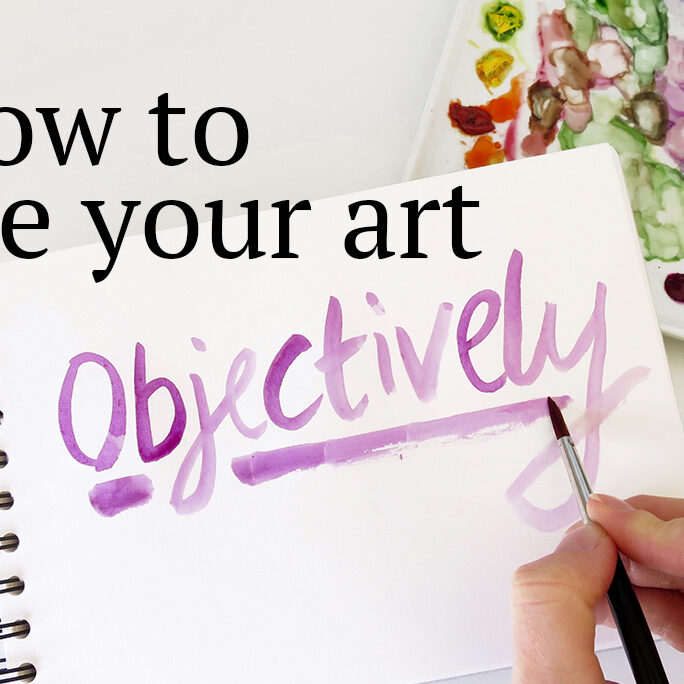

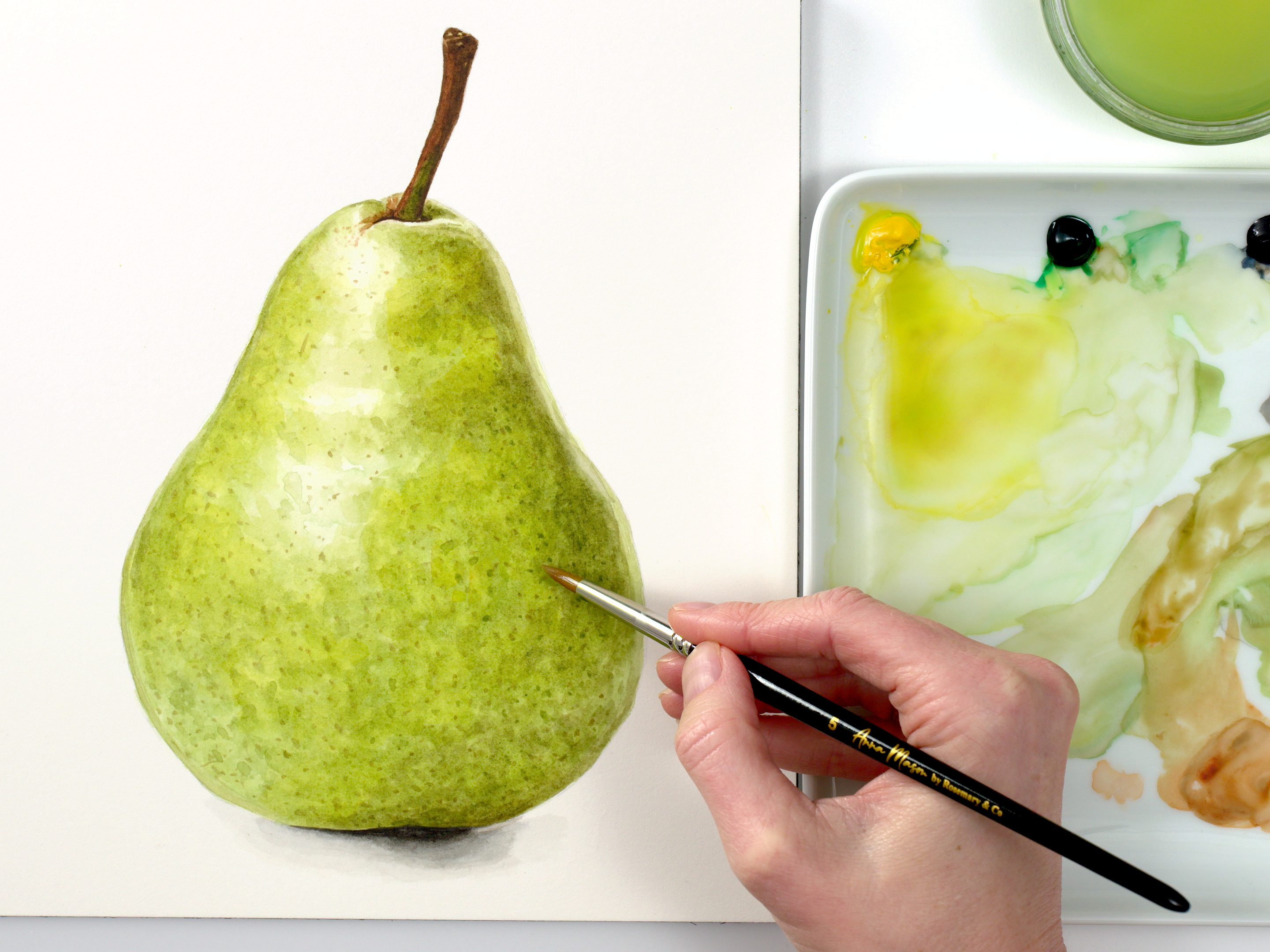

Thank you for this and all the videos and articles you have shared!!! Love your art!!! 🕊🥰🌺
thanks so much for this class. I’ve been intrigued by Rosie Sander’s art on an insect eating plant that is highly veined and tubular, with a topknot. Wish I knew what they were called. I saw them at the Botanical Gardens in Atlanta where a horticulturist mentioned they were wild in Georgia. They don’t grow in our climate because our winters are too cold and wet. The plant form is enchanting and you have shown how to approach it and what steps to take. Thanks so much, Anna.
Your videos have been inspiring me for years and I have twice enjoyed a full year membership. I recommend your books and your website to the participants in every workshop I present. Thank you so much for all the work you do for our artistic community.
I enjoyed this mini class very much. Having subscribed for a year, I still use your techniques and will probably subscribe again at some point. Thanks so much, Anna!
This mini class was great! I enjoyed it
It’s really very wonderful and thank you for sharing.
I have learnt a great deal with detailed and more intricate painting. Watching the tutorials has trained my eye for concentrated detail which makes flower and leaf more realistic. Thank you so much for making me aware and teaching techniques to create the correct picture.